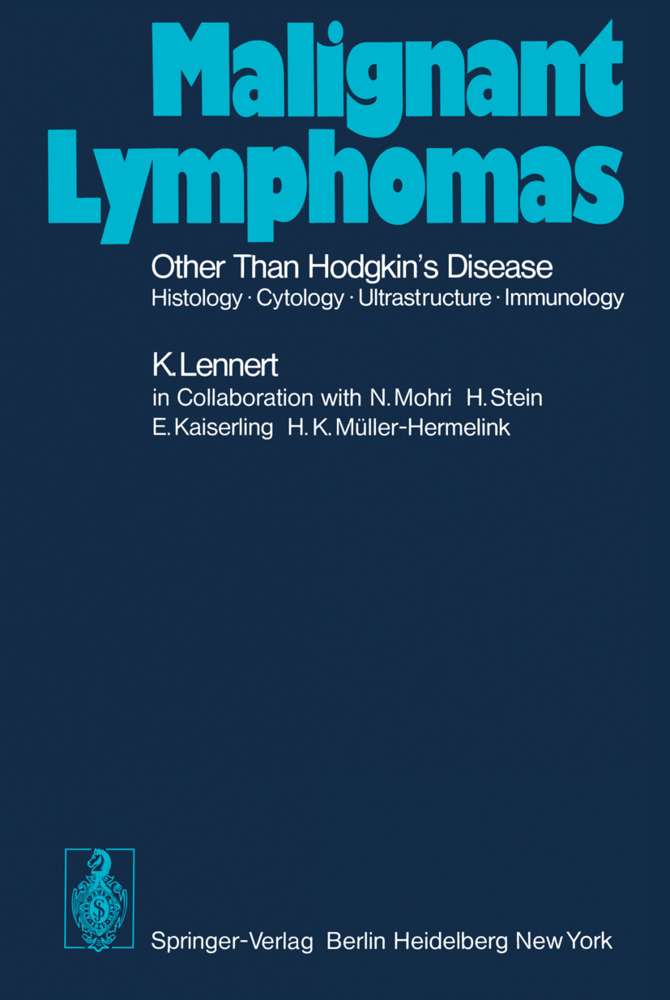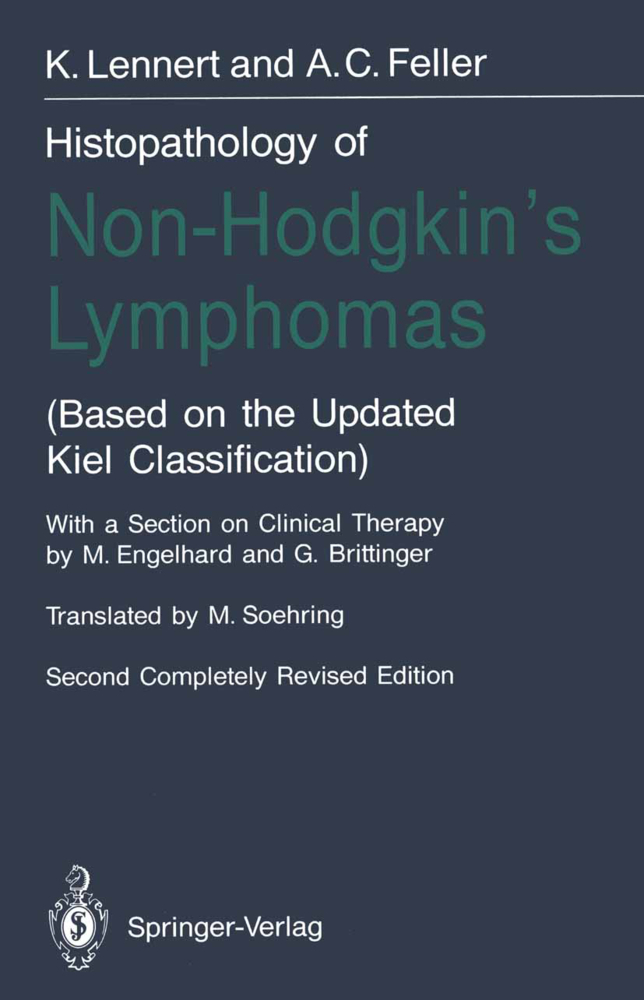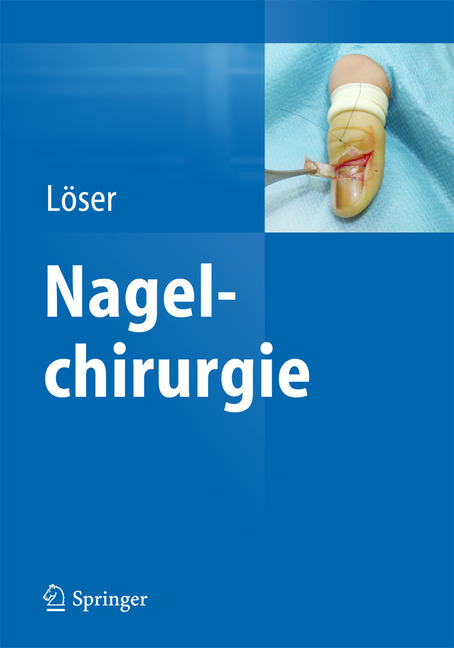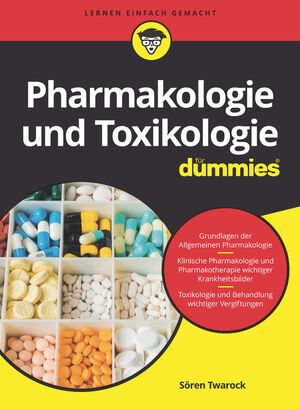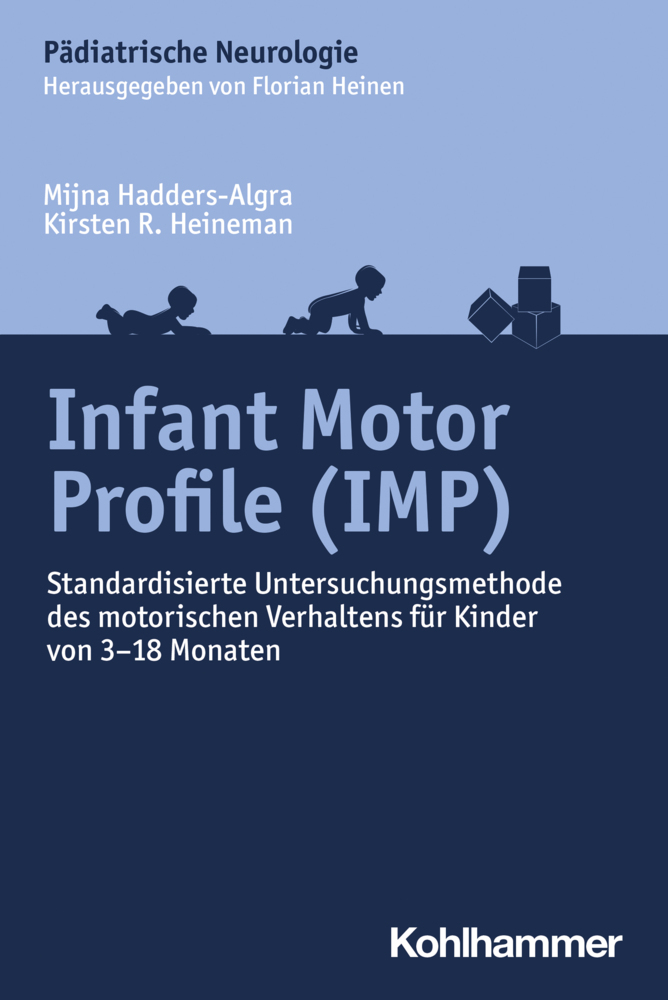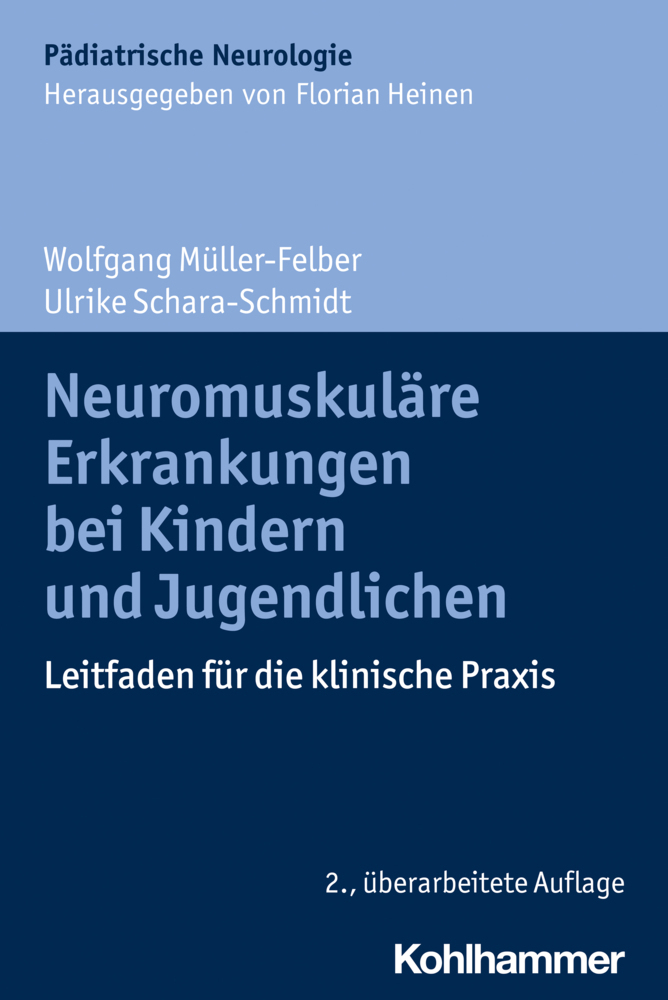Malignant Lymphomas Other than Hodgkin's Disease
Histology · Cytology · Ultrastructure · Immunology
Malignant Lymphomas Other than Hodgkin's Disease
Histology · Cytology · Ultrastructure · Immunology
A.G. STANSFELD, and J.A.M. VAN UNNIK. In joint discussions in 1974, the Club worked out a new terminology that was acceptable to all members and will hopefully be acceptable to other pathologists. Since then, it has been called the Kiel Classification. We are also pleased that the clinicians belonging to the Kiel Lymphoma Study Group-foremost A. STACHER and G. BRITTINGER have been able to present preliminary data on the clinical relevance of the new classification. Finally, our optimism was fortified by the findings of R.J. LUKES and R.D. COLLINS, which largely concur with ours in both concept and practical significance. This book is divided into six main sections. First, there is a chapter on normal cytology that supplements and, in some respects, revises the presentation given in Part A of this Handbook (1961). H.K. MULLER-HERMELINK played a major role in the writing of the first chapter. The second chapter is a brief description of the light-microscopic techniques that are used in our laboratories and have proved to be suitable for a precise diagnosis of lymph-node diseases.
II. Immunoblasts (Basophilic Stem Cells)
III. Plasma Cells
IV. Histomorphology of the B-Cell Region
V. Histomorphology of the T-Cell Region
VI. Histochemistry of B- and T-Cell Regions
VII. Stationary Elements of the Lymph Node
Two Methodologic Prerequisites for a Differential Diagnosis of Lymphomas
Appendix: Some Stainings and Cytochemical Reactions Used in Our Laboratories
Three Classification of Non-Hodgkin's Lymphomas
I. Historical Review of the Classifications of Lymphomas
II. Some Ideas for a Modern Lymphoma Classification
III. A Simplified Cellular Scheme as a Basis for a Modern Classification of Lymphomas
IV. The Kiel Classification and Its Clinical Relevance
V. Incidence of the Different Types of Lymphoma in our Material
Four Histopathology and Diagnosis of Non-Hodgkin's Lymphomas
I. Malignant Lymphomas of Low-Grade Malignancy
II. Malignant Lymphomas of High-Grade Malignancy
Conclusions
Five Ultrastructure of Non-Hodgkin's Lymphomas
Remarks on Methods
I. Low-Grade Malignant Lymphomas
II. High-Grade Malignant Lymphomas
Conclusions
Six The Immunologic and Immunochemical Basis for the Kiel Classification
I. Immunochemical and Immunologic Methods and Markers and Their Significance for the Characterization of Lymphoid-Cell Populations
I. Human T-Associated Antigens
J. Common-ALL Antigen
K. Human B-Associated Antigens: Ia-Like Antigens
L. Terminal Deoxynucleotidyl Transferase (Tdt)
M. Receptor for Hemagglutinin A from the Snail Helix Pomatia (HP)
II. Immunologic Findings and Their Relevance to the Classification of Non-Hodgkin's Lymphomas
I. Malignant Lymphoma, Centrocytic
Summary andFinal Remarks
References, Part One
Parts Two, Three and Four
Five
Six
Author Index.
One The Cytologic, Histologic, and Functional Bases for a Modern Classification of Lymphomas
I. LymphocytesII. Immunoblasts (Basophilic Stem Cells)
III. Plasma Cells
IV. Histomorphology of the B-Cell Region
V. Histomorphology of the T-Cell Region
VI. Histochemistry of B- and T-Cell Regions
VII. Stationary Elements of the Lymph Node
Two Methodologic Prerequisites for a Differential Diagnosis of Lymphomas
Appendix: Some Stainings and Cytochemical Reactions Used in Our Laboratories
Three Classification of Non-Hodgkin's Lymphomas
I. Historical Review of the Classifications of Lymphomas
II. Some Ideas for a Modern Lymphoma Classification
III. A Simplified Cellular Scheme as a Basis for a Modern Classification of Lymphomas
IV. The Kiel Classification and Its Clinical Relevance
V. Incidence of the Different Types of Lymphoma in our Material
Four Histopathology and Diagnosis of Non-Hodgkin's Lymphomas
I. Malignant Lymphomas of Low-Grade Malignancy
II. Malignant Lymphomas of High-Grade Malignancy
Conclusions
Five Ultrastructure of Non-Hodgkin's Lymphomas
Remarks on Methods
I. Low-Grade Malignant Lymphomas
II. High-Grade Malignant Lymphomas
Conclusions
Six The Immunologic and Immunochemical Basis for the Kiel Classification
I. Immunochemical and Immunologic Methods and Markers and Their Significance for the Characterization of Lymphoid-Cell Populations
I. Human T-Associated Antigens
J. Common-ALL Antigen
K. Human B-Associated Antigens: Ia-Like Antigens
L. Terminal Deoxynucleotidyl Transferase (Tdt)
M. Receptor for Hemagglutinin A from the Snail Helix Pomatia (HP)
II. Immunologic Findings and Their Relevance to the Classification of Non-Hodgkin's Lymphomas
I. Malignant Lymphoma, Centrocytic
Summary andFinal Remarks
References, Part One
Parts Two, Three and Four
Five
Six
Author Index.
Lennert, Karl
| ISBN | 978-3-642-81094-7 |
|---|---|
| Artikelnummer | 9783642810947 |
| Medientyp | Buch |
| Auflage | Softcover reprint of the original 1st ed. 1978 |
| Copyrightjahr | 2012 |
| Verlag | Springer, Berlin |
| Umfang | XX, 836 Seiten |
| Abbildungen | XX, 836 p. |
| Sprache | Englisch |

